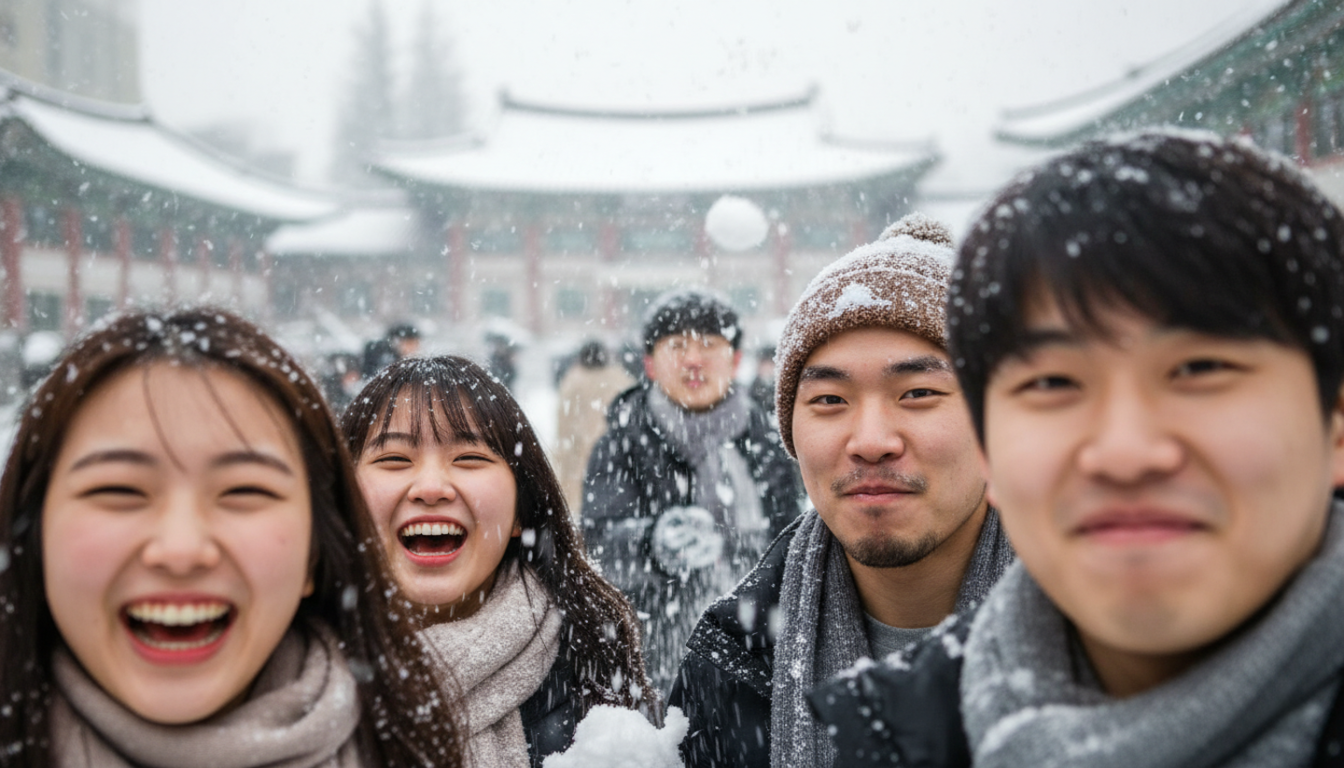When people think of Korean food, rice is often one of the first things that comes to mind. But in Korea, rice is much more than just a side dish on the table. It is the heart of the cuisine, a symbol of tradition, and a part of daily life. Over centuries, Koreans have found many creative ways to use rice—not only in food but also in drinks, desserts, and even skincare. This humble grain has been reimagined into something powerful, healing, and delicious.
One popular example is tteok, or Korean rice cake. Tteok comes in many colors, textures, and flavors. Some are chewy and sweet, while others are soft and filled with red bean paste. Tteok is not only a snack or dessert but also an important food for celebrations and festivals. Another common dish is juk, a warm rice porridge that is gentle on the stomach and often eaten when someone is feeling sick. Then there's nurungji, the crispy, golden rice that forms at the bottom of the pot. Once seen as leftovers, nurungji is now enjoyed as a snack or turned into a comforting tea. Of course, plain steamed rice, known as bap, remains a daily essential and the base for many meals like bibimbap, kimchi bokkeumbap, and more.
What makes Korea’s use of rice so unique is how it goes beyond just food. Rice water and rice bran are common ingredients in Korean skincare products. They are used in toners, masks, and creams because they help brighten the skin, keep it soft, and reduce dark spots. This shows how rice is not only nourishing for the body but also caring for the skin. Even drinks like sikhye—a sweet rice punch—offer both refreshment and a connection to traditional flavors.
In Korean culture, rice is a symbol of care, respect, and health. It is offered to guests, used in rituals, and shared in family meals. From feeding the body to healing the skin, rice continues to play an important role in both modern life and age-old traditions. This everyday ingredient may seem simple, but in Korea, it holds a thousand faces—and each one tells a story of warmth, history, and creativity.
Reference link:
https://www.saveur.com/culture/tteok-korean-rice-cakes-guide/
- Reported by Manisha
Intern at the Korean Academy
Korean news analysis and reporting


